32 F. high in the Twin Cities Thursday.
31 F. average high on December 4.
32 F. high on December 4, 2013.
2" snow on the ground at KMSP.
9.4" snow so far this winter season.
11.5" average snowfall in the Twin Cities as of December 4.
5.7" fell as of December 4, 2013.
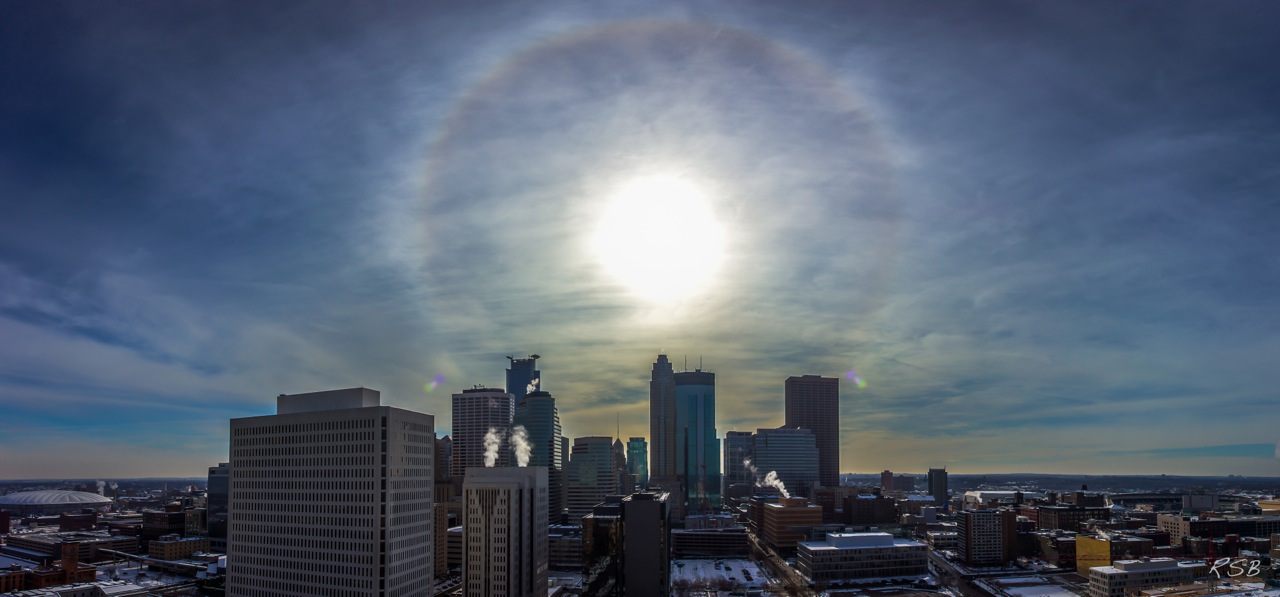 Be Careful
Be Careful
"Less
sunshine, more caffeine!" I babbled yesterday, meditating in front of
the urinal. The stranger nodded, pointing to my Caribou coffee cup. "Be
careful" he said before walking out.
Huh?
Careful of what? To much coffee, sunshine.... or making awkward restroom small talk with strangers?
Most
Minnesotans crave sunlight even more than warmth. That's why we
decorate our homes and trees with little white lights - a touch of
artificial radiance. For the record we'll enjoy a meager 8 hours, 57
minutes of daylight today. That compares with 15 hours, 27 minutes on
June 21. We lose another 11 minutes of daylight before climbing out of a
dark rut by late December & January.
Forget the calendar -
Old Man Winter will be temporarily AWOL from next week into Christmas,
as a bubble of March-like air, direct from the Pacific, surges into the
Plains. 40s, even a few 50s are possible late next week into the
following week.
Most of the metro snow will be gone within 10 days
and the odds of a brown Christmas are greater than 50-50. After
November's cold crunch that's hard to accept.Slush arrives
Sunday but no big storms are brewing.
Who knows what January will bring, but mid-December should feel like mid-March. No complaints here.
* photo above courtesy of Steve Burns Photography.
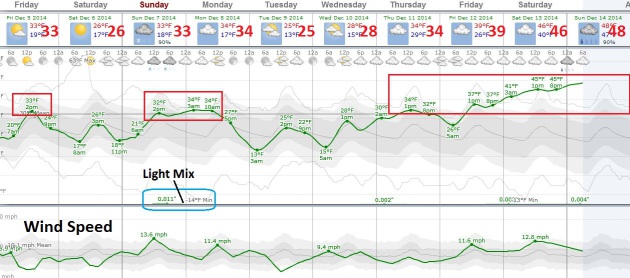 Gradual Warming Trend.
Gradual Warming Trend.
Earlier runs of the European model were hinting at 50F by the end of
next week, which could still happen, depending on how rapidly we melt
snow and whether thick clouds/fog will form as mild, Pacific air surges
north. A little rain/snow mix is possible late Sunday into Monday
morning; maybe a nuisance accumulation. By the end of next week the
atmosphere will be warm enough for rain-only.
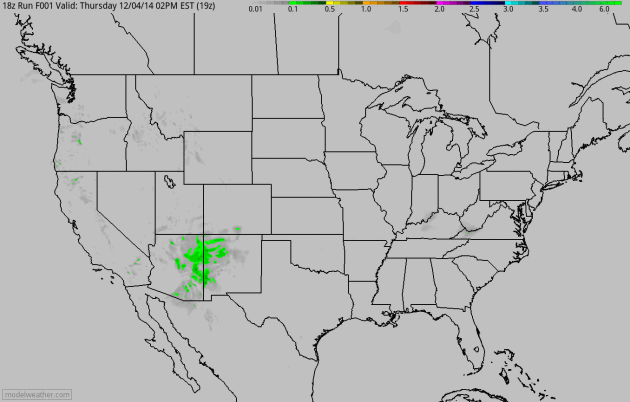 Ohio Valley Soaking - Another Pacific Surge
Ohio Valley Soaking - Another Pacific Surge. 60-hour NAM accumulated precipitation products from NOAA print out some 2"+ rainfall amounts from near Little Rock to Louisville
and Cincinnati; another sloppy Pacific storm spreading 2-4" rains into
the Pacific Northwest with flash flooding possible from near Portland to
Seattle. Animation: NOAA and HAMweather.
 Warm Phase
Warm Phase.
How long will it last? Great question, but guidance suggests unusual
warmth east of the Rockies the second and third week of December,
possibly spilling over into Christmas. 500 mb forecast winds from
December 10-14 show a long, cold, stormy trough stretching from Hawaii
to the west coast. The Pineapple Express will continue to push flooding
rains into California and the Pacific Northwest, keeping winds blowing
from the west to southwest much of December. I still think this month
will wind up being milder than November across most of Minnesota.
November Recap - Much of Minnesota Abnormally Dry Again. Here's an excerpt of a good November summary for the state from the
Minnesota DNR, and a look at moisture conditions - once again Minnesota is trending drier than average:
- Average monthly temperatures for November
in Minnesota were well below historical averages, ranging from six to
ten degrees below normal. Numerous records for all-time minimum high
daily temperatures were set during the month. Extremes for November
ranged from a high of 60 degrees F at a number of locales on the 2nd, to
a low of -25 degrees F at Camp Norris (Lake of the Woods County) on the
27th.
[see: November 2014 Climate Summary Table]
- Snow depths
across Minnesota vary from zero to eight inches. Little or no snow
cover is on the ground in southwest Minnesota. Whereas, some areas of
south central, west central, and northeast Minnesota report six to eight
inches of snow depth in early December.
[see: NWS Snow Depth Estimation Map]
- The U. S. Drought Monitor,
released on December 4, indicated that Abnormally Dry conditions exist
over large sections of Minnesota, the result of a dry late summer and
autumn. A small area of west central Minnesota is placed in the Moderate
Drought category. The Drought Monitor index is a blend of science and subjectivity where drought categories (Moderate, Severe, etc.) are based on several indicators.

Fishing In Pink Waters.
Here is one of the better explanations I've seen on El Nino and ENSO in
general, and how this periodic warming of Pacific ocean water can
impact global weather, courtesy of
Road to Paris: "...
Here’s
the basic idea of El Niño. Every few years, a relatively warm patch of
water—the pink on Pierce’s map—forms beneath the Pacific. The difference
is just a few degrees, but in a global context, the extra heat can
transform the seasonal climate. Some years, the warm region spreads
outward and eventually upward, where it meets with easterly trade winds.
This creates a feedback loop. Warm water undermines easterly winds that
normally enable an upwelling of cool water, which amplifies warming and
in turn further slows the winds. It’s this moment of
atmospheric-oceanic coupling that helps scientists define the start of
El Niño. Wind and water exist in delicate balance with the rest of the
climate—so El Niño sets off a cascade of effects..." (Graphic credit: NOAA CPC, NCEP).
Cat 5 Super-Typhoon Hagupit Poised To Hit Philippine Islands Devastated By Haiyan. Here's the intro to Dr. Jeff Master's always-excellent blog at
Weather Underground: "
Super Typhoon Hagupit has exploded into mighty Category 5 storm with 175 mph winds and a central pressure of 905 mb,
and is threatening the same portion of the Philippine Islands
devastated by Super Typhoon Haiyan in November 2013. The spiral bands of
the massive storm are already bringing gusty winds and heavy rain
showers to Samar and Leyte Islands, which bore the brunt of Haiyan’s
massive storm surge and incredible winds--rated at 190 mph at landfall
on November 7, 2013 by the Joint Typhoon Warning Center..."
Thursday visible image courtesy of
NOAA RAMMB.
2014: Hottest - Or One Of The Hottest On Record, Worldwide. Here's an excerpt of a post at
The World Meteorological Society (WMO) that caught my eye: "
The
year 2014 is on track to be one of the hottest, if not the hottest, on
record, according to preliminary estimates by the World Meteorological
Organization (WMO). This is largely due to record high global sea
surface temperatures, which will very likely remain above normal until
the end of the year. High sea temperatures, together with other factors,
contributed to exceptionally heavy rainfall and floods in many
countries and extreme drought in others..."
How Unusual Is The 2012-2014 Drought? According to a new research paper submitted to
The Wiley Online Library it may be the worst in 1200 years. Here's an excerpt of the paper's abstract: "...
We
demonstrate that while 3-year periods of persistent below-average soil
moisture are not uncommon, the current event is the most severe drought
in the last 1200 years, with single year (2014) and accumulated moisture
deficits worse than any previous continuous span of dry years..."
Photo credit: AP Photo/Richard Vogel, File.
The Golden Quarter.
Aeon
has a terrific article focusing on the golden age of innovation and
technological breakthroughs (1945-1971). We have fancy phones, but where
are the flying cars? Here's an excerpt that caught my eye: "...
In
the energy sector, civilian nuclear technology was hobbled by a series
of mega-profile ‘disasters’, including Three Mile Island (which killed
no one) and Chernobyl (which killed only dozens). These incidents caused
a global hiatus into research that could, by now, have given us safe,
cheap and low-carbon energy. The climate change crisis, which might kill
millions, is one of the prices we are paying for 40 years of
risk-aversion. Apollo almost certainly couldn’t happen today. That’s not
because people aren’t interested in going to the Moon any more, but
because the risk – calculated at a couple-of-per-cent chance of
astronauts dying – would be unacceptable..." (Photo credit: NASA).
Natural Gas: The Fracking Fallacy.
Limitless natural gas for the next 30-70 years in the United States?
That estimate may be overly optimistic. Here's an excerpt of a story at
Nature: "...
But
a careful examination of the assumptions behind such bullish forecasts
suggests that they may be overly optimistic, in part because the
government's predictions rely on coarse-grained studies of major shale
formations, or plays. Now, researchers are analysing those formations in
much greater detail and are issuing more-conservative forecasts. They
calculate that such formations have relatively small 'sweet spots' where
it will be profitable to extract gas. The results are “bad news”, says
Tad Patzek, head of the University of Texas at Austin's department of
petroleum and geosystems engineering, and a member of the team that is
conducting the in-depth analyses..."
TODAY: Partly sunny, thawing out. Winds: SW 5-10. High: 34
FRIDAY NIGHT: Patchy clouds, turning colder. Low: 16
SATURDAY: Sunny and cooler. Good travel weather. High: 28
SUNDAY: Mostly cloudy. Light mix develops, rain mixing with snow. A little late PM slush? Wake-up: 18. High: 33
MONDAY: Partial clearing, drying out. Wake-up: 27. High: 32
TUESDAY: More sun, close to average. Wake-up: 19. High: 33
WEDNESDAY: Clouds increase, still quiet. Wake-up: 24. High: 35
THURSDAY: Peeks of sun, pleasantly mild! Wake-up: 30. High: 43
* Some models are hinting at highs in the 40s to near 50F by the end of next week.
Climate Stories...
Minneapolis Gets White House Attention for Climate Change Work. The Star Tribune has the story - here's the introduction: "
Minneapolis'
efforts to combat climate change have helped put it on a White House
list of national leaders on the issue. The White House said Wednesday
that Minneapolis is one of 16 "Climate Action Champions" selected in a
competitive process. Each of the communities will receive help from a
coordinator, who will help provide information and guidance on funding,
among other support. The designation does not come with direct funding..." (Photo credit:
Steve Burns Photography).
"No Warming Since 1998 - Wrong."
You've probably heard this meme, temperatures have flattened out or
even cooled since 1998, the last extreme El Nino event. The reality is
that the data just doesn't support this statement. Here's an excerpt
from
RealClimate: "...
You
see a warming trend (blue line) of 0.116 C per decade, so the claim
that there has been no warming is wrong. But is the warming significant?
The confidence intervals on the trend (+/- 0.137) suggest not - they
seem to suggest that the temperature trend might have been as much as
+0.25 C, or zero, or even slightly negative. So are we not sure whether
there even was a warming trend? That conclusion would be wrong - it
would simply be a misunderstanding of the meaning of the confidence
intervals. They are not confidence intervals on whether a warming has
taken place - it certainly has. These confidence intervals have nothing
to do with measurement uncertainties, which are far smaller..."
You
see a warming trend (blue line) of 0.116 °C per decade, so the claim
that there has been no warming is wrong. But is the warming significant?
The confidence intervals on the trend (± 0.137) suggest not – they seem
to suggest that the temperature trend might have been as much as +0.25
°C, or zero, or even slightly negative. So are we not sure whether there
even was a warming trend?
That conclusion would be wrong – it would simply be a misunderstanding of the meaning of the confidence intervals. They are not confidence
intervals on whether a warming has taken place – it certainly has.
These confidence intervals have nothing to do with measurement
uncertainties, which are far smaller.
- See more at:
http://www.realclimate.org/index.php/archives/2014/12/recent-global-warming-trends-significant-or-paused-or-what/#sthash.vijqTxcP.dpuf
CO2 Takes Just 10 Years To Reach Planet's Peak Heat.
Stated another way, industry and political leaders can take steps
(today) that can effectively lower carbon dioxide levels in their
lifetime. Here's a clip from
Climate Central: "
In a study that could have important ramifications on estimating the impacts, costs and benefits of reducing carbon dioxide emissions,
new research shows that CO2 brings peak heat within a decade of being
emitted, with the effects then lingering 100 years or more into the
future. The research, published Wednesday in Environmental Research Letters, provides policymakers and economists with a new perspective on how fast human carbon emissions heat the planet..."
Animation credit: "Spring atmospheric CO2 concentrations, when they're usually at their peak." Credit: NASA
Climate Skeptics Feeling The Heat. Paul Hudson is a weather and climate presenter at
The BBC; here's an excerpt of a recent post: "...
And
according to new research from the Met Office, the current elevated
level of global temperatures is highly unlikely in a world without
man-made carbon dioxide. Moreover, the research
shows that human influence has made breaking the current UK temperature
record around 10 times more likely. In the years since I joined the BBC
from the Met Office in 2007 I have spoken to several prominent climate
sceptics who always insisted to me, quite vocally, that global
temperatures would soon begin to fall. The latest temperature data will
make uncomfortable reading for them."
Cartoon credit:
Tom Toles, Washington Post.
If A Carbon Tax Is Good Enough For Big Oil.
ExxonMobile is already factoring an inevitable price for carbon
pollution into their future plans. Why can't Congress do the same? What
will unleash the market forces we need, the Google and Apple-like
companies, capable of revolutionizing how we develop and consume energy
(with zero carbon)? A carbon tax, as explained by
Bloomberg Businessweek Middle East; here's a clip: "...
Pricing
carbon would address what economist Sir Nicholas Stern in a 2006 report
called "the greatest market failure in history". Greenhouse gas
emissions cause profound damage - drouught slashes crop yields;
hurricanes flood subways; rising seas inundate property - but that
damage is not reflected in the emissions' market price. Indeed, the
market price is zero: the costs of climate change are shouldered by
third parties or society as a whole..."
Facts? We Don't Need No Stinking Facts! A story at
Pacific Standard
resonated - it's easier to lean on ideology (and not rocking the boat
with your friends or peer group) than digging into actual data, which
takes some amount of time and effort. Here's an excerpt: "...
Ah, but
what happens when the facts clearly contradict our assumptions? Do we
rethink our opinions at that point? Don’t be silly. New research
suggests that, if options such as relying on biased sources of
information prove insufficient, many of us simply rely more heavily on
“unfalsifiable” assertions—ones that cannot be definitely proven or
disproven..."
Saudi Arabia Can't Stop The U.S. Fracking Boom. Here's a clip from a story at
National Journal: "
World
oil producers have put oil prices into a free fall, refusing to pare
back global supplies in the hopes that low prices will derail the
fracking-backed production boom in the U.S. and preserve OPEC's power
over world energy markets. But global analysts are skeptical that the
move will work. The basic reason: Prices remain high enough to keep
pumping..."
Pricing
carbon would address what economist Sir Nicholas Stern in a 2006 report
called “the greatest market failure in history”. Greenhouse gas
emissions cause profound damage — drought slashes crop yields;
hurricanes flood subways; rising seas inundate property — but that
damage is not reflected in the emissions’ market price. Indeed, the
market price is zero: The costs of climate impacts are shouldered by
third parties or society as a whole.
Economists from right to left
agree that taxing carbon is the most efficient way to cut emissions. A
rising, predictable carbon price would unleash the power of the market
against climate change, giving both producers and consumers an incentive
to shift to lower-carbon energy choices.
- See more at: http://businessweekme.com/Bloomberg/newsmid/190/newsid/297#cnttop
Here's What Your City Will Look Like When The Ice Sheets Melt.
Cheap hype? I hope so, and a total collapse of the cryosphere is
unlikely in the near term. Then again the rate of melting is faster than
those (alarmist!) climate models were predicting 20-30 years ago,
especially over Greenland and the Arctic. Here's an excerpt from a story
at
Grist: "...
What
are we likely to see? In its most recent report, the Intergovernmental
Panel on Climate Change predicts that, if we continue polluting the way
we’ve been, the seas will rise between 1.7 and 3.2 feet by 2100. But
that’s a conservative estimate. A survey of sea-level scientists
published earlier this year found that most experts believe the IPCC’s
worst-case scenario is actually about the best we can expect
if we aggressively cut greenhouse gas emissions, starting now. Failing
that, they said, we can expect 2.3 to 4 feet of rise by 2100, and 6.5 to
9.8 feet by 2300. Some believe we could see as much as 16 feet of rise
by the end of this century..." (Image: Jeffrey Linn).
2014 Headed Toward Hottest Year on Record - Here's Why That's Remarkable. Joe Romm takes a look at 2014 temperature records, in spite of a lack of El Nino. Here's an excerpt from
Think Progress: "...
What
is remarkable, as the WMO explains, is that we’re headed toward record
high global temps “in the absence of a full El Niño-Southern Oscillation
(ENSO).” We get an El Niño “when warmer than average sea-surface
temperatures in the eastern tropical Pacific combine, in a
self-reinforcing loop, with atmospheric pressure systems,” which affects
weather patterns around the world. It’s usually the combination of the
long-term manmade warming trend and the regional El Niño warming pattern
that leads to new global temperature records. But not this year..."
* Graph above courtesy of
The U.K. Met Office.
The Rate of Melting Ice in Antarctica's Most Vulnerable Region Has Tripled.
Slate has the story - including a clip that made me do a double-take: "...
In
fact, the melt rate in West Antarctica’s most vulnerable region, the
Amundsen Sea Embayment, has tripled over the last decade, according to new research
released on Tuesday. The total glacier loss averaged 91.5 billion tons
per year according to the study, which means that every two years for
the last two decades it lost a water weight equivalent to Mt. Everest.
The loss rate has only been getting worse, accelerating by an average of
6.7 billion tons per year since 1992..." (File photo: James Yungel, NASA).
The Last Time The Arctic Was Ice-Free In The Summer, Modern Humans Didn't Exist. Meteorologist Eric Holthaus at
Slate provides perspective at Slate; here's an excerpt: "...
1 year ago, atmospheric carbon dioxide reaches 400 parts per million for the first time in at least 800,000 years,
probably longer. It took 100,000 generations for human ancestors to
transition to something resembling us. For each of those 100,000
generations, the planet was crowned with ice. Now, that ice will
probably go away. That incredibly rapid rate of change—10 times faster than any change recorded over the past 65 million years—is extinction-worthy..."




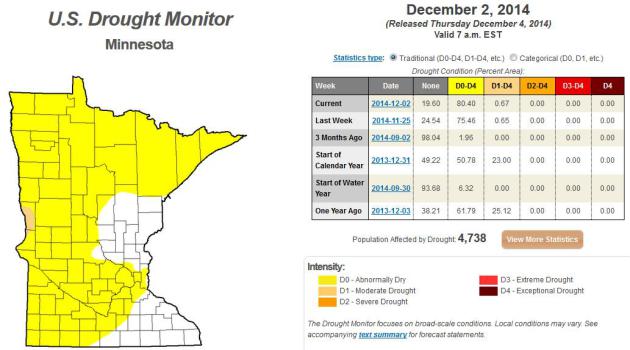


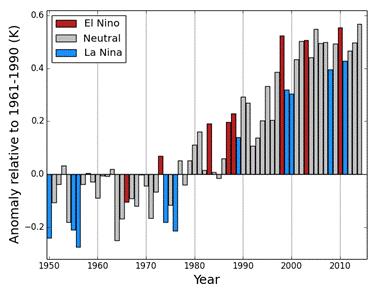
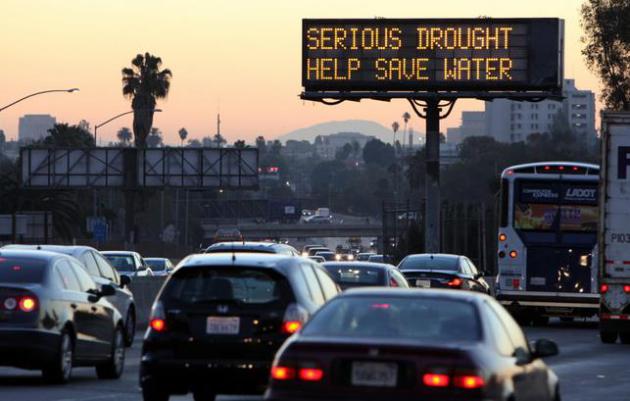




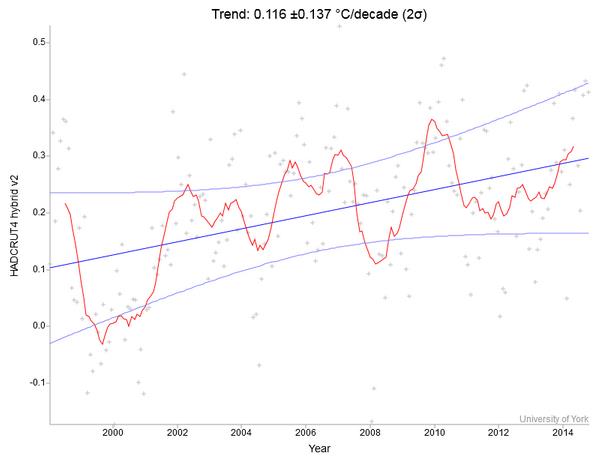
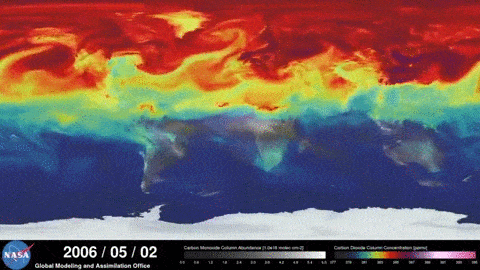
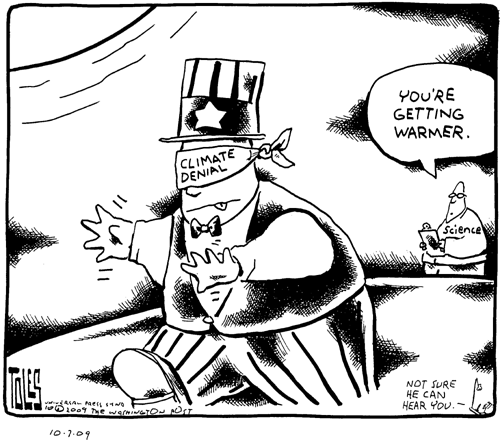





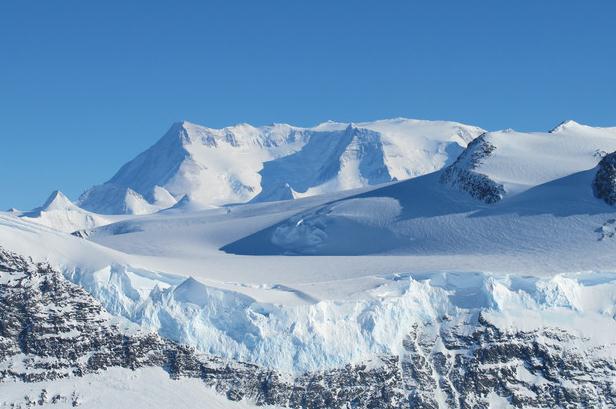
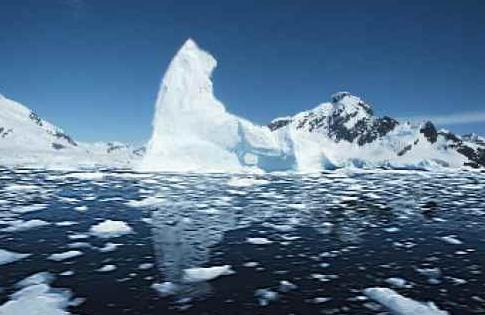
No comments:
Post a Comment